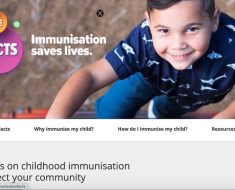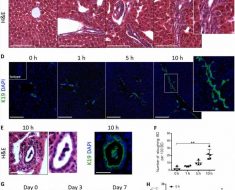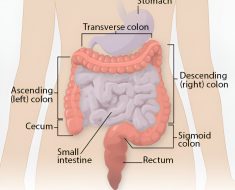
The addition of procarbazine, lomustine, and vincristine (PCV) chemotherapy to radiation therapy (RT) was shown to lengthen both disease control and survival relative to RT alone as first-line therapy following surgery on the NRG/Radiation Therapy Oncology Group (RTOG) 9402 and European Organization for the Research and Treatment of Cancer (EORTC) 26951 clinical trials. The results reinforce the importance of PCV as a therapeutic chemotherapy regimen for gliomas, despite a transition, since these studies were launched, to temozolomide due to its lower toxicity and perceived equivalence of efficacy. Updated mature long-term results from the RTOG and EORTC studies were recently published as a joint report in the Journal of Clinical Oncology .
Patients were eligible if they had anaplastic oligodendroglioma or anaplastic oligo-astrocytoma, had not undergone radiotherapy or chemotherapy, and had adequate marrow, liver, and renal function. In the EORTC study, 368 eligible patients were randomized to RT with or without 6 cycles of PCV after RT. In the RTOG study, 289 eligible patients were randomized to RT or 4 cycles of intensified PCV before RT.
In these updated analyses, after nearly 20 years of median follow-up in both studies, overall survival (OS) rates among patients with chromosome 1p19q codeleted tumors randomized to PCV-chemoradiotherapy at 10, 15, and 20 years were 57%, 51%, and 37% in the EORTC study and 57%, 46%, and 37% in the RTOG study vs. 43%, 26%, and 14% and 32%, 25%, and 15% for patients treated with RT alone. Progression-free survival (PFS) and OS were also longer with PCV and RT than RT alone among patients with IDH-mutant non-codeleted tumors in both studies.
Source: Read Full Article





